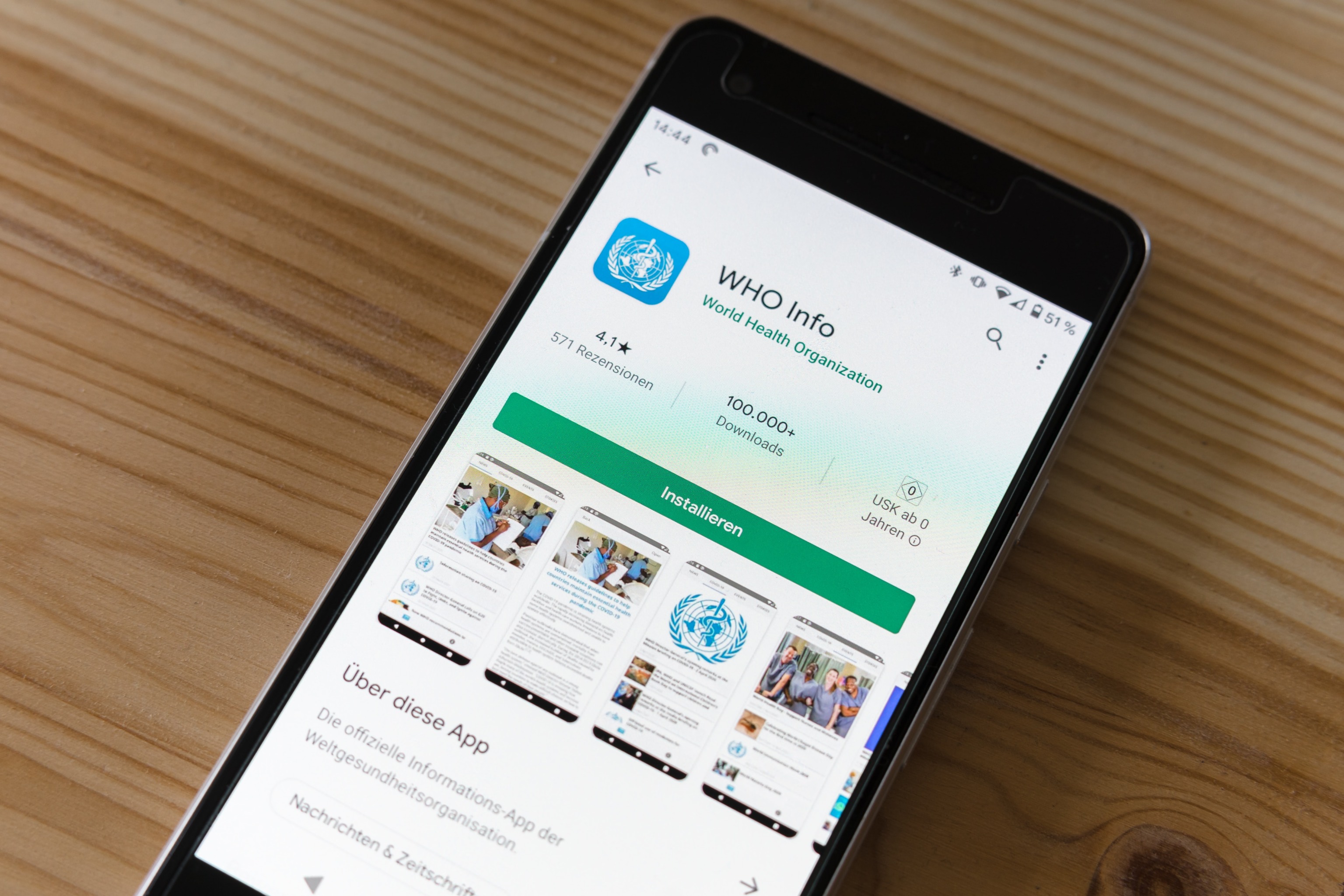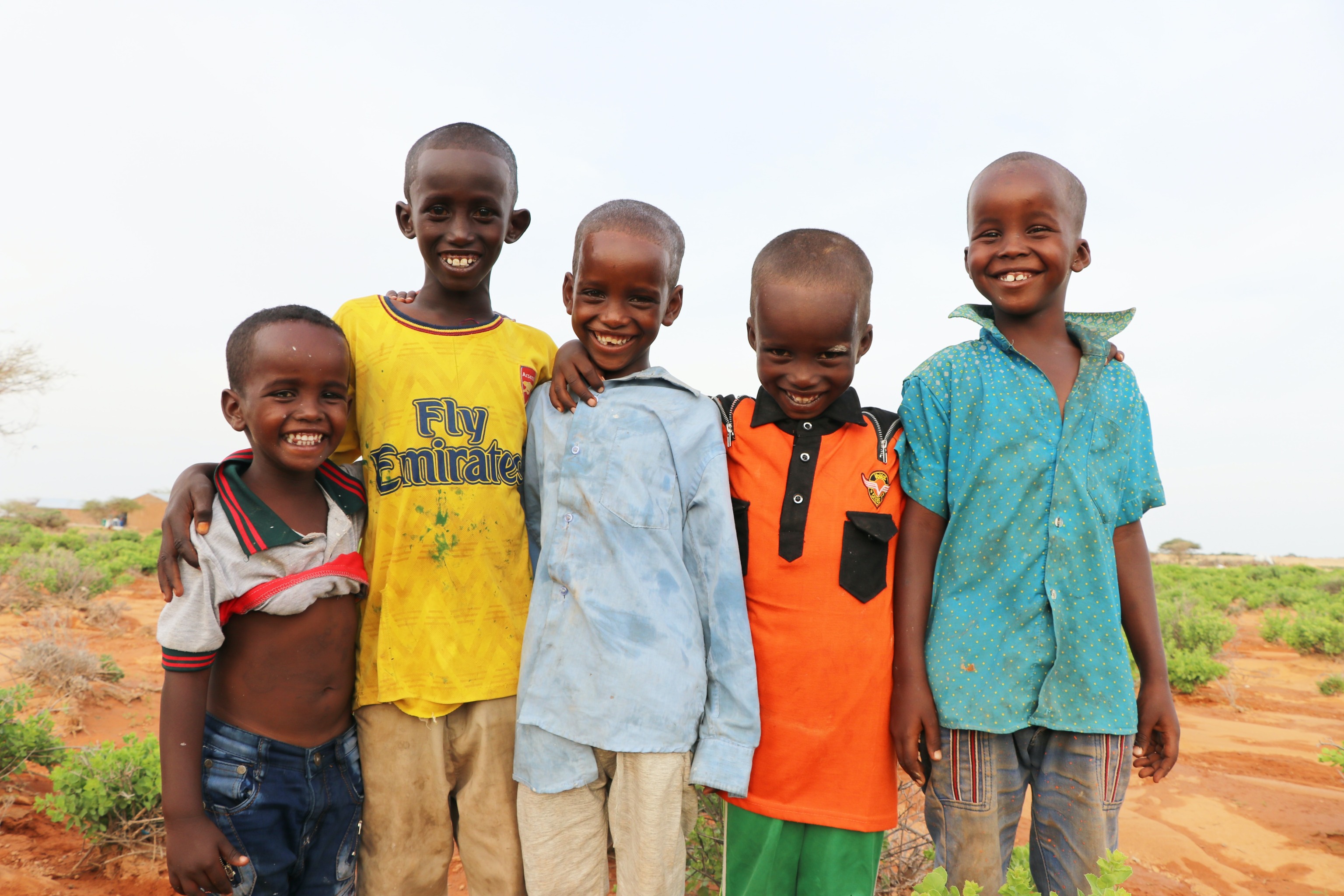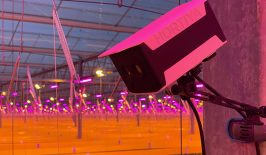Machine Learning has been on everyone’s lips for a while now. A constant fixture in tech circles in recent years, this field of AI is booming with new applications within a variety of industries — think image and speech recognition, self-driving cars and e-commerce product recommendations. Ride-sharing, where apps use traffic data to predict customer wait times, is also a common use of Machine Learning in modern daily life.
But, could Machine Learning be gearing up to help with social causes, too?
What Is Machine Learning?
Machine Learning is a field whereby machines are “taught” how to perform specific tasks, such as identifying patterns in data fed to them. Although the two terms are commonly conflated, Machine Learning is not AI — while artificial intelligence tries to illicit machine mimicry of human intelligence, Machine Learning is an application of AI whereby machines extract knowledge from data and learn from it autonomously. So, Machine Learning is a simpler, machine-focussed field under the umbrella of AI.
Machine Learning has a lot of potential to solve complex human problems
What are the common issues in our world today? War, disease, climate change, social inequality — all of these very human problems have complexities that make them notoriously difficult to solve. For example, if an organisation aiming to alleviate hunger in South Sudan knew which areas had the largest malnutrition rates from, for example, local clinics, it could better focus its resources on the communities that need it most.
Similarly, if an organisation focusing on resolving global conflict could reasonably predict where violent conflict is likely to break out, for example, it could potentially focus peacebuilding interventions on that region. Or, in a similar vein, if the WHO or another health NGO could predict where diseases are most likely to spread, it could prioritize the distribution of aid there, without wasting resources on regions which don’t need the assistance.
A recent study by the McKinsey Global Institute compiled a library of about 160 social-impact use cases regarding Machine Learning and AI as a whole. The study found that “existing capabilities could contribute to tackling cases across all 17 of the UN’s sustainable development goals, potentially helping hundreds of millions of people in both advanced and emerging countries.”
Areas where Machine Learning could be utilised for social good are myriad. A few suggested by the McKinsey study were:
- Crisis response
- Economic empowerment
- Educational challenges
- Environmental challenges
- Equality and inclusion
- Health and hunger
- Information verification and validation
- Infrastructure management
- Public and social sector management
- Security and justice
Financial support for Machine Learning solutions to the climate crisis is also materialising. Microsoft’s AI for Earth programme has, since its founding in 2017, begun to distribute 50 million USD worth of grants to 950 projects to date. One of which is the Planetary Computer, a catalogue of global environmental monitoring data with intuitive APIs, which allows sustainability practitioners to take action faster and with more precision. The technology is open-source and therefore available to anyone.
Machine Learning is already being used to quell violence in Somalia
As well as funding, large-scale social cause developments from big global players are already underway. The UNHCR alongside 34 collaborators has developed several AI and Machine Learning-based solutions for predicting “forced displacement, violent conflicts, and climate change in Somalia”, a country in which conflicts have reached alarming levels year after year.
The data comes from myriad local, regional and national sources and is collected by trusted, trained global experts. Variables such as armed clashes, remote explosions, air/drone strikes and suicide bombings are processed by the “SupportVector Machine (SVM)” — a supervised algorithm Machine Learning that can be used for classification or regression. It produces clear visual data such as colour-coded graphs, which allows decision-makers at the UCHCR to “see the serious cases that need immediate intervention.” The hope is that these findings will help the UNHCR to get help to those who need it the most, quicker and more effectively.
Are all of the world’s problems just a click away?
Much has already been said about the potential — and existing — social implications of relying too heavily on AI such as Machine Learning. Bias and discrimination in AI are concerning consequences of imperfect data being fed into algorithms. Where specifically Machine Learning is concerned, for example, prediction models are not perfect at guaranteeing the best or fairest outcomes. Just because something is predictable, for example, doesn’t mean we should be completely comfortable basing our entire decision on that prediction. For instance, a nice example from the Harvard Business Review states that;
“We might reasonably be uncomfortable denying welfare to someone who was eligible at the time they applied just because we predict they have a high likelihood to fail to abide by the program’s job-search requirements or fail a drug test in the future.”
Interview: Can We Trust Artificial Intelligence?
How can we design AI-based systems so that they benefit the common good? RESET talked to Kristina Penner from AlgorithmWatch about algorithmic bias and the potential for AI to reproduce systemic inequalities – but also about transparency and civic participation.
Ultimately, we don’t know that the person will fail — we are deciding that they probably will based on previous data. This gives them an unfair disadvantage that a human may compassionately overlook or reassess.
Also, despite promising action by the UNHCR and Microsoft, a major challenge standing in the way of Machine Learning being used for social good is that relatively few government and nonprofit programs have access to usable data. For instance, as temperatures rise, so too do weather predictions vary. This greatly impacts the ability to support agriculture in the developing world, for example. Programs which aim to estimate the crop production for smallholder farmers in Africa, or the crop failure risk for every farmer in South Asia simply cannot exist with the data we currently have. While modern satellite data could support Machine Learning in this aspect, accruing a sufficient amount of geo-tagged data on crop production to build prediction models in different places for different crops is expensive and difficult. This means that the vast majority of organizations guard their collected data, bottlenecking sector-wide innovation.
However, projects like the Planetary Computer, which is fed by and contributes to Open Source data, set a promising precedent. The technology we need to help humanity already exists. It’s up to organisations and governments to put greed aside and pool together to ensure its best use — while ensuring that we don’t rely solely on machines to replace our human instincts.











